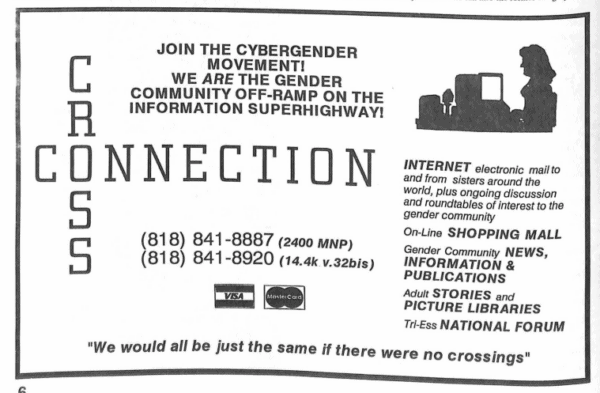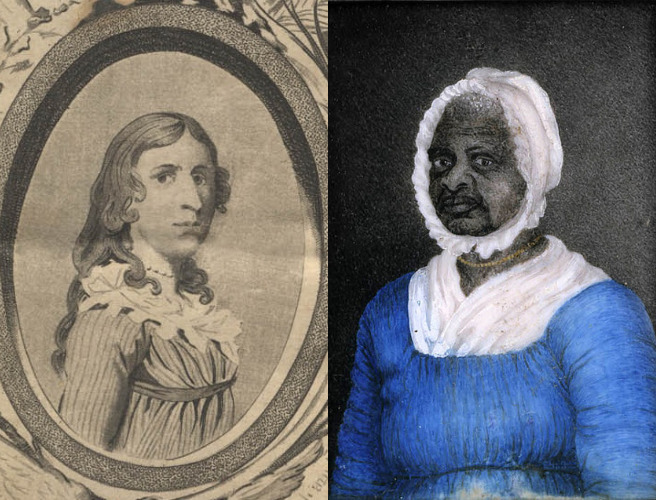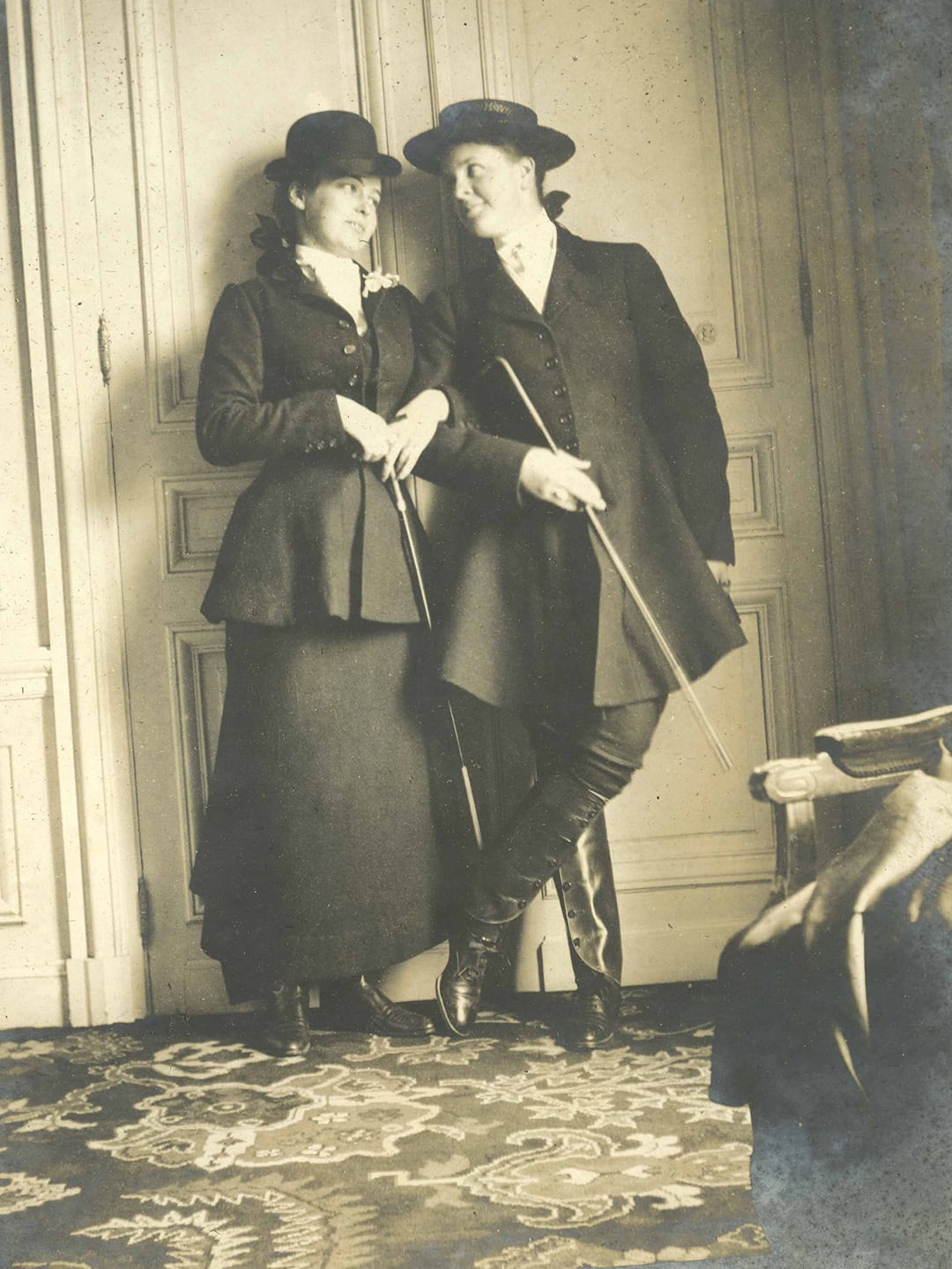“Cisgender (adj.): Designating a person whose sense of personal identity and gender corresponds to his or her sex at birth; of or relating to such persons. Contrasted with transgender.” – Oxford English Dictionary
Advertisement for Cross Connection, a transgender-specific Internet service, from the January 1995 (No. 63) issue of Cross-Talk: The Gender Community’s News & Information Monthly. Digital Transgender Archive.
When the Oxford English Dictionary (OED) announced its addition of the term “cisgender” (and variants) in 2015, media reaction varied from mild interest to praise for the move as a (small) sign of wider acceptance of transgender individuals. Pointing to the term’s increasing ubiquity, the fact it hadn’t already been announced as an OED addition prompted Erica Schwiegershausen at New York Magazine to incredulously ask, “Wait, Cisgender Wasn’t in the Oxford English Dictionary Already?”
As a term, cisgender combines the Latin prefix cis-, meaning “on this side,” with gender, in contrast to transgender, where the prefix trans- signals something is “across” or “on the other side.” In her notes on the addition, then-head of US dictionaries Katherine Connor Martin presents the addition as reflecting the English language’s wider expansion of its vocabulary “to reflect changes in the way that people discuss gender, race, and other aspects of personal identity and social classifications.” In the past 10 years, “cisgender” has become increasingly visible in public discourse, including Transparent star Jeffrey Tambor’s declaration during his 2016 Emmy Awards speech that “I would not be unhappy were I the last cisgender male to play a female transgender on television”—a statement made before an estimated audience of 11.3 million viewers.
As the OED definitions note, however, the term has a long history prior to its wider cultural adoption. The OED officially cites a 1994 post to the Usenet newsgroup alt.transgendered by user Dana Leland Defosse as the term’s origin. First established in 1980, Usenet is a distributed discussion system where users posted messages to topic-specific newsgroups. Given its long history, Usenet is the origin point for a variety of terminology, providing the first use case for over 400 OED entries. Nevertheless, other origin narratives persist: some sources (for many years, Wikipedia among them) credit a Dutch transgender man named Carl Buijs as creating the term in 1995, a narrative Buijs himself supports. Yet use examples of a cis/trans dichotomy in reference to gender nonconformity go back even further, beginning as early as 1914 in German sexological literature.
None of these origin narratives, however, adequately explain how the term went from Usenet to attaining its rapidly growing omnipresence in transgender and later public discourse. What makes the lack of explanation even more interesting is cisgender’s absence from the print archive. Looking at material from the existing archives (which the Digital Transgender Archive has been doing excellent work getting online) “cisgender” or variants don’t appear in any major transgender periodicals, brochures, conference proceedings, or newsletters. It’s only found on Usenet, one part of transgender individuals’ rapidly growing presence online throughout the mid-1990s.
Instead, it was Usenet’s uniquely skewed poster-to-reader ratio that gave cisgender a visibility that far outreached its actual adoption at the time. According to early Usenet newsadmin Brian Reed’s semi-monthly Usenet readership survey, between January 1993 and July 1995, alt.transgendered averaged an estimated 21,130 readers worldwide and was received by a little under half of the Usenet server network. However, alt.transgendered and Usenet’s general membership was dominated by a vast “invisible crowd” of readers who consumed content produced by a small but highly active core membership.[1] According to one study of Usenet posting habits, 27 percent of newsgroup messages came from “singleton posters,” or posters who contributed only once to a given newsgroup, while an average 25 percent of all newsgroup posts were made by a “tiny percentage” (2.9 percent) of the larger newsgroup poster population.[2]
In transgender newsgroups, this tiny percentage was heavily populated by posters who used cisgender. These posters, notably, consistently opposed the dominance of what they viewed as “transsexual” concerns, such as a focus on gaining civil recognition and access to surgical services, in transgender discourse, including print periodicals. Instead, they favored focusing political energy on decoupling sexed embodiment, which they considered fixed at birth, from gender identity. Unlike the contemporary definition of “cisgender,” these posters used cisgender to identify anyone whose gender presentation and sex were aligned—even transsexuals who’d had or desired sex reassignment surgery (SRS).
The lingering persistence of the “Carl Buijs as creator” narrative is evidence of these users’ legacy, as they consistently cited Buijs as the term’s creator. Defosse is not mentioned as a possible originator until her post was added to the “cisgender” Wikipedia page in 2006. Through Wikipedia, functionally the authority on cisgender’s use and etymological origins for most of the term’s history, we can trace connections back to these Usenet users. On Wikipedia and other sources, Julia Serano’s 2007 book Whipping Girl is credited with popularizing the term. Serano points to feminist author Emi Koyama’s 2002 post to the Women’s Studies Listserv (WMST-L) as her inspiration to adopt the term.
Koyama, in turn, cites a glossary maintained by Usenet regular Donna Lynn Matthews as an authoritative source on cisgender, who was also one the term’s most frequent users on Usenet. Matthews’s glossary becomes one of the missing links between wider popularization and Usenet. Matthews’s definition of cisgender emphasizes that “one’s identity and presentation matches their physical morphology.” The choice of “morphology,” which refers to one’s bodily form—alterable by SRS—instead of their birth-assigned sex is a core element of how Usenet posters used cisgender.
The shift from morphology to birth-assigned sex, which took place along with the term’s gradual adoption by non-transgender individuals as a sign of allyship, offers not only an interesting window into the history of the term but also a different perspective on 1990s transgender political discourse. The Usenet archives privilege voices and perspectives that were often absent from print media. These individuals pushed to establish transgender individuals not as abnormal but as one part of a value-neutral binary with cisgender. As one Usenet poster put it, cisgender offered “a conversational strategy . . . that parallels het-homo, bringing many of our issues into a more conventionally understood ‘us-them’ semantic.” Ultimately, it was this familiar political binary that would outlast the more unconventional critique of 1990s transgender politics that lay at the heart of “cisgender.”
[1] Marc A. Smith, “Invisible Crowds in Cyberspace,” in Communities in Cyberspace, ed. Marc Smith and Peter Kollock (London: Routledge, 1999), 195–218.
[2] Steve Whittaker, Loen Terveen, Will Hill, and Lynn Cherny, “The Dynamics of Mass Interaction,” in From Usenet to CoWebs, ed. Christopher Lueg and Danyel Fisher (London: Springer, 2003), 79–91.
This post first appeared on AHA Today.
Avery Dame (@adame) currently serves as the Winnemore Digital Dissertation Fellow at the Maryland Institute for Technology in the Humanities (MITH). He maintains the Transgender Usenet Archive, which indexes posts from five transgender-related newsgroups. In fall 2017, he will join the mass communication program faculty at Winona State University.
This work is licensed under a Creative Commons Attribution-NonCommercial-NoDerivatives 4.0 International License. Attribution must provide author name, article title, Perspectives on History, date of publication, and a link to this page. This license applies only to the article, not to text or images used here by permission.



